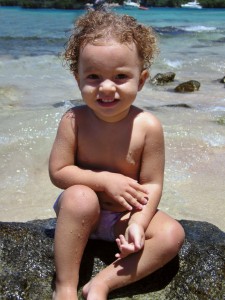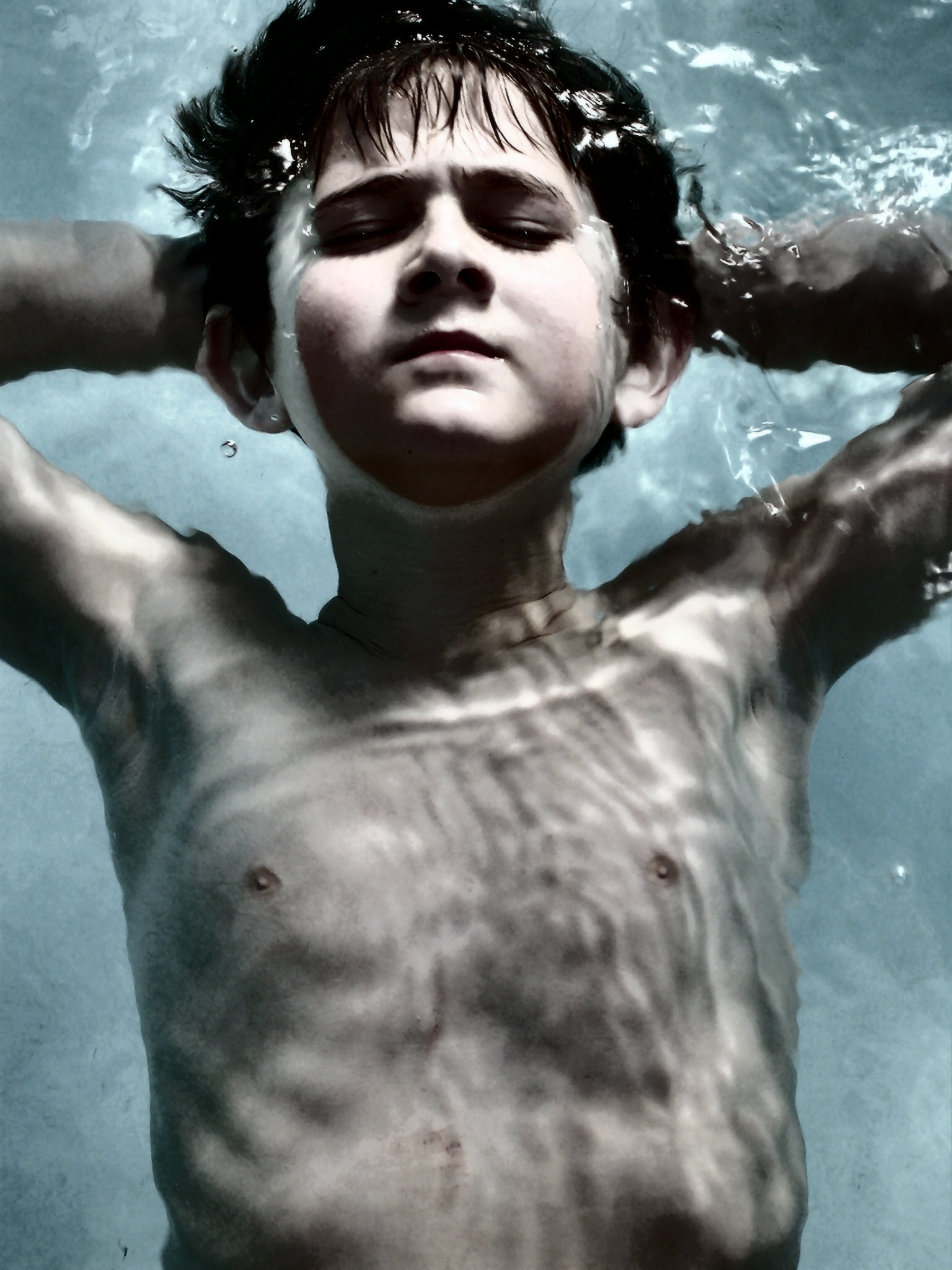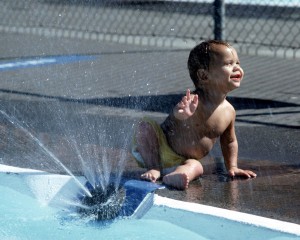
by: Dr. Craig A. Maxwell
This summer, you and your family will be around a lot of pools, lakes, and oceans. Do you know the real-life signs of drowning necessary to protect your family? Drowning is the #2 cause of accidental death among children. (The first is motor vehicle accidents).
You would think your parental instinct would kick in the second your child is in trouble but would it? Not if you don’t know what to look for. Drowning doesn’t splash. It doesn’t call out for help. It’s silent and quick and if you don’t know what to watch out for, your summer could end in the most tragic way imaginable.
Real-Life Drowning isn’t Like Movies and TV
If you ever watched the popular TV show, “Baywatch”, you probably saw a lot of fictitious drowning scenes. You recognized them by the tell-tale splashing, flailing, and crying out for help. When the lifeguard jumps in to rescue the victim, they have to fight them every step of the way to get them back to shore.
 This is what television drowning looks like. Television drowning is actually something called ‘aquatic distress’. Aquatic distress is the first step before drowning. It’s when the brain realizes something is wrong. Fatigue, panic, a cramp, disorientation or any number of things trigger a desperate, terrified attempt to get out of the water as fast as possible.
This is what television drowning looks like. Television drowning is actually something called ‘aquatic distress’. Aquatic distress is the first step before drowning. It’s when the brain realizes something is wrong. Fatigue, panic, a cramp, disorientation or any number of things trigger a desperate, terrified attempt to get out of the water as fast as possible.
Aquatic distress may precede drowning but it doesn’t always. Oftentimes, the person goes from “perfectly fine” to drowning with no in between. If help doesn’t arrive within 1-2 minutes, complete submergence and suffocation will occur. This is called the Instinctive Drowning Response, and once it starts, the drowning person cannot save themselves. They need rescue from an outside source.
Understand the Instinctive Drowning Response
In the Instinctive Drowning Response, nature completely takes over the body. The nervous system puts every ounce of energy into keeping the mouth open and the head above water for as long as possible. Truly drowning people can’t scream because they can’t get enough air to yell. They cannot wave because their brains are telling their arms to do whatever they can to stay afloat. There is nothing the drowning person can consciously do to override this mechanism.
Oftentimes, children are drowning only feet from their parents but the parents do nothing because they don’t know what drowning really looks like. A child who is drowning may look like they are trying to do a feeble dog paddle. There is minimal, almost lazy movement of the arms as the body begins to tire. In drowning, the body is almost always vertical with no or very limited leg movement.
If a child unexpectedly falls into a body of water, drowning can occur very rapidly. The child may not struggle at all do the shock of falling in. She will remain in a vertical position with only her wide eyes visible above the surface. She is literally unable to kick, move, breathe or cry out for help. If assistance does not arrive within 20-60 seconds, she will slip silently beneath the water and suffocate.

Memorize these signs of drowning before your next summer outing:
- Head low in the water
- Head tilted with mouth open
- Gasping or hyperventilating
- Eyes wide and glassy
- Eyes closed
- Hair over forehead and eyes
- Minimal arm movement
- No leg movement
- Dog paddling or trying to climb an invisible ladder
- Attempts to roll over onto the back
Movies and television need to make drowning look animated in order to ramp up the action and keep the story going. Now that you know the real and silent signs of drowning, you can protect your family and enjoy a safe, fun-filled summer by the water.









